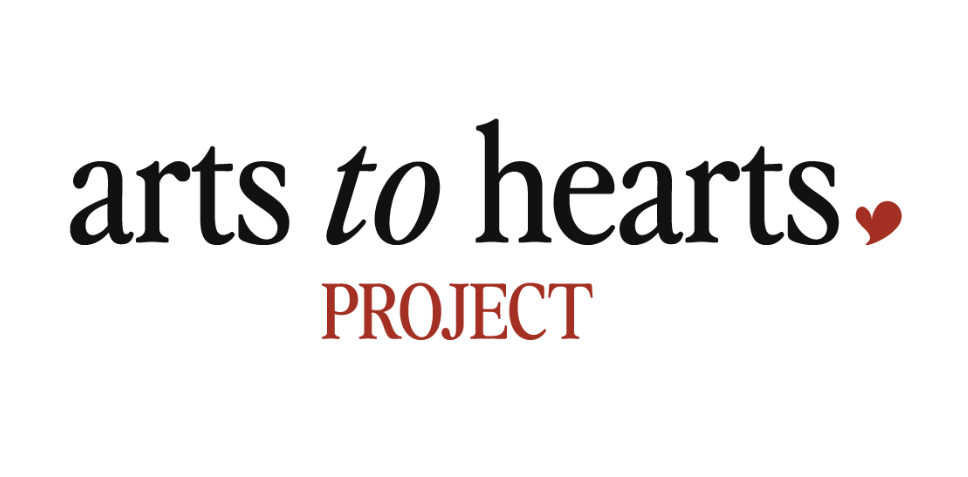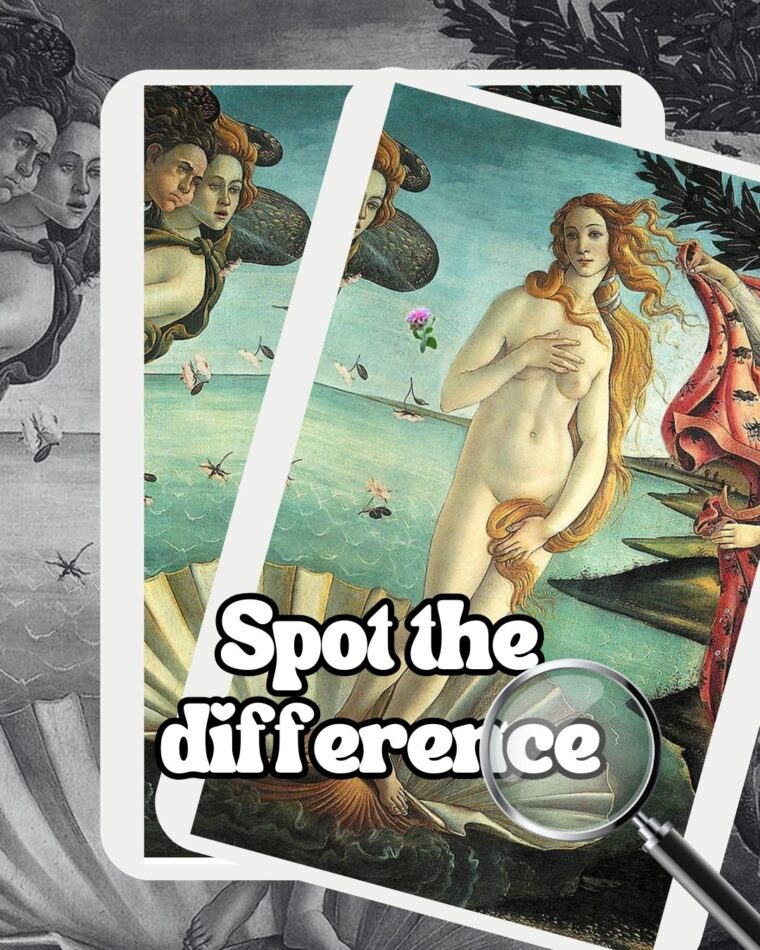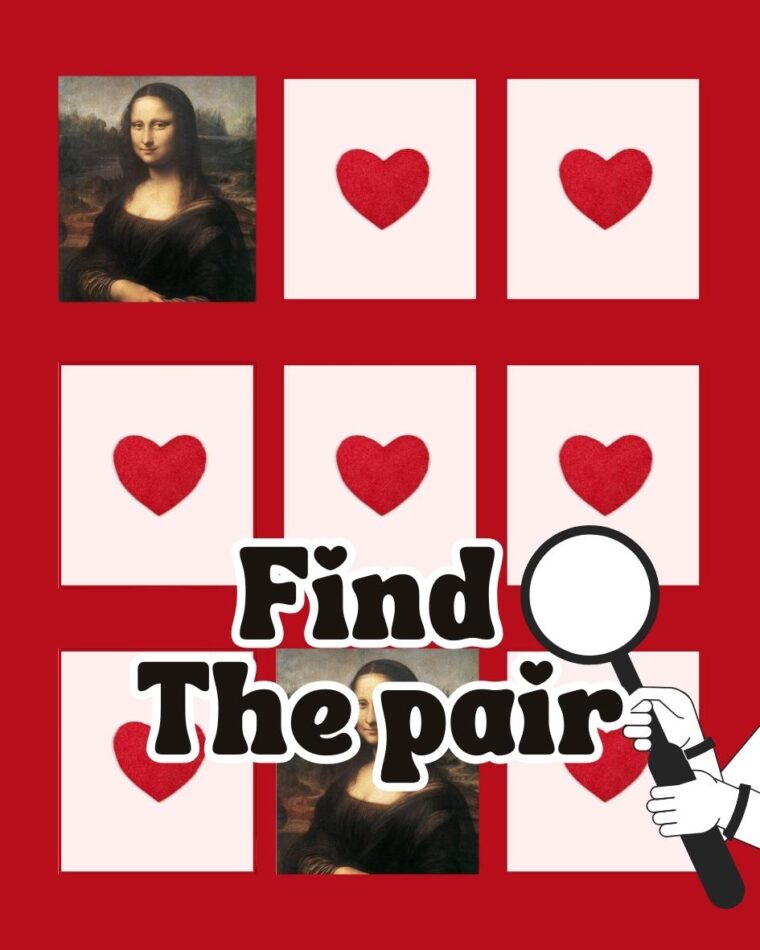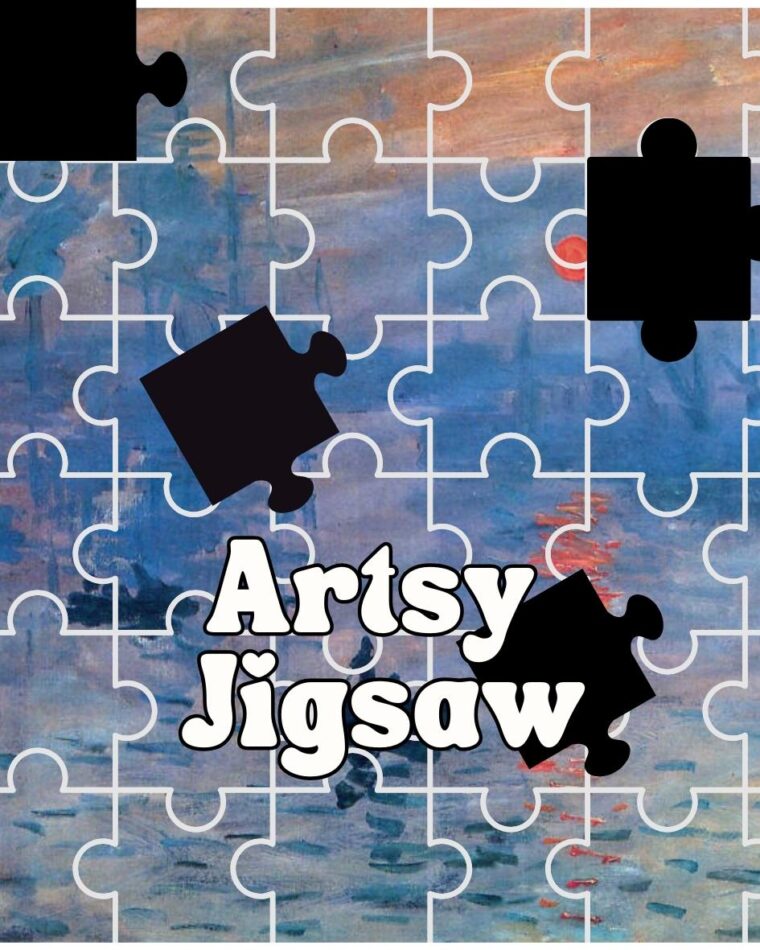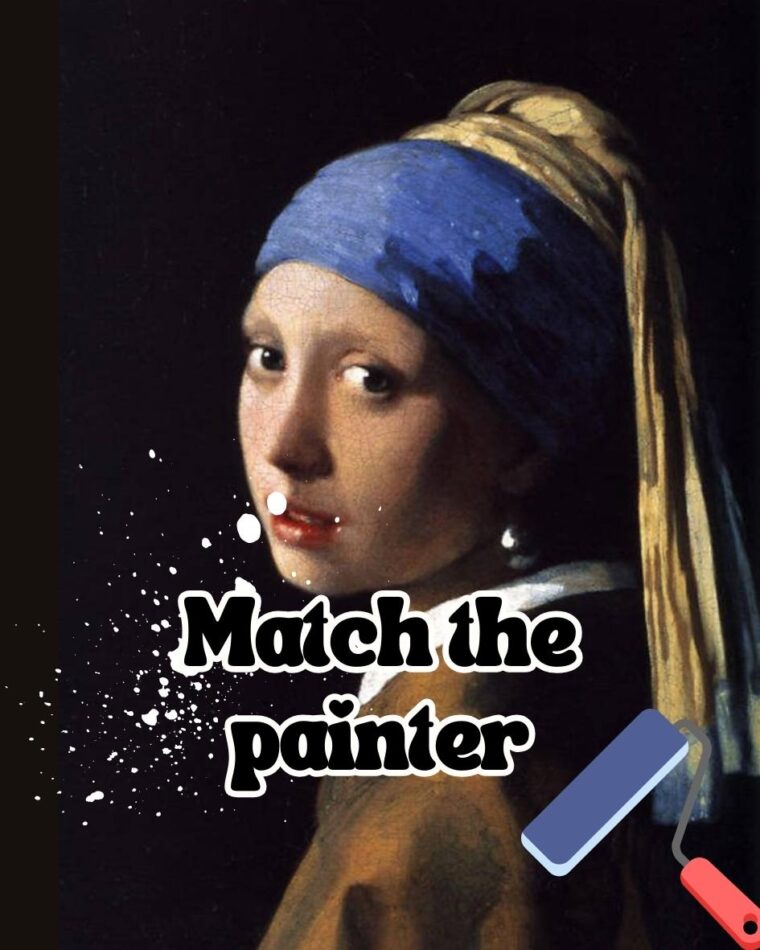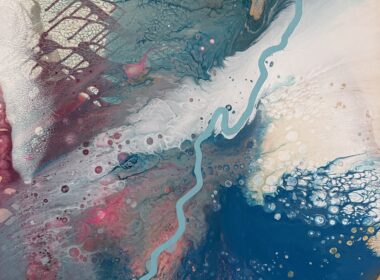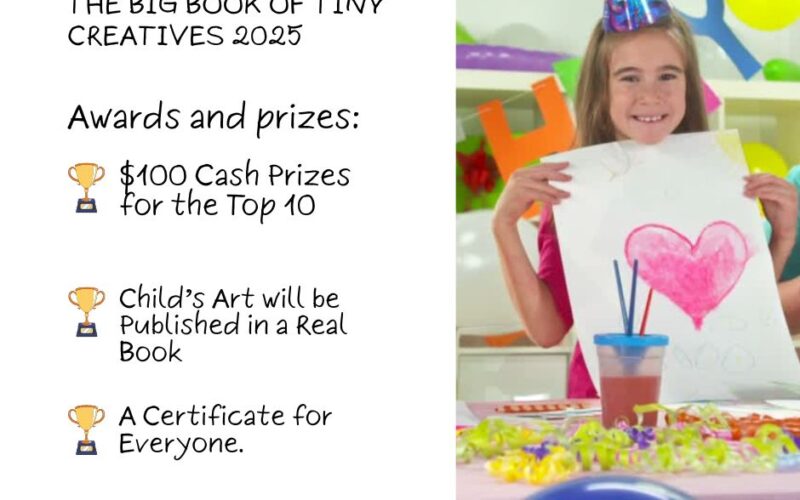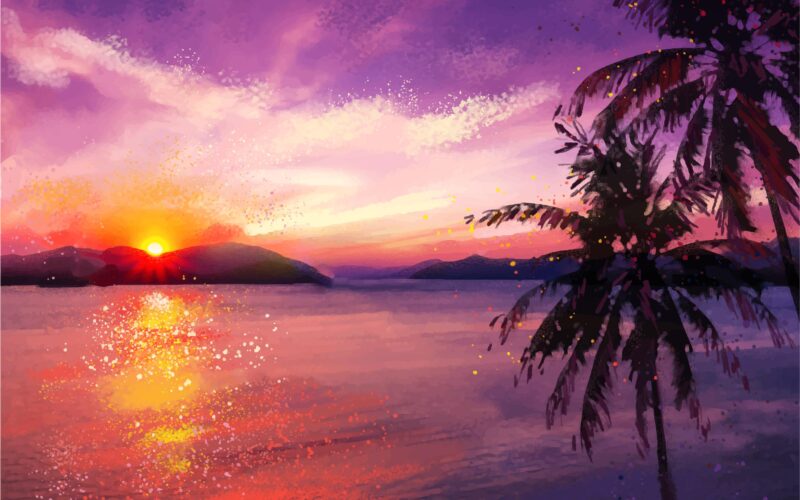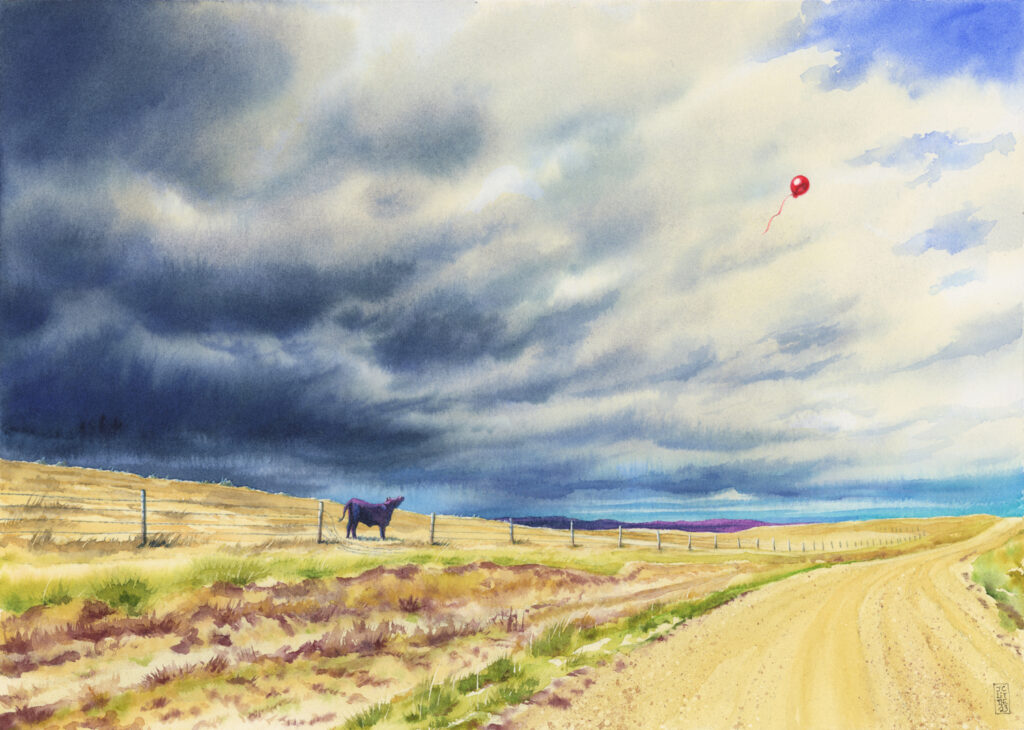
Vanessa Onuk on Finding Meaning Between Precision and Blur



In this interview for the Arts to Hearts Project, we sat down with Vanessa Onuk, a self-taught artist based in Frankfurt known for her abstract landscapes and the way she blends forms and contours.
Vanessa opens up about her creative process, her relationship with materials like organic linen and cotton, and her scientific background quietly shapes her work. She talks about balancing control with chance, and how memories, emotions, and even imperfections play a role in what ends up on the canvas.
Through her thoughtful reflections, we can examine what fuels her evolving style and why she doesn’t limit herself to one technique or direction.
Vanessa Onuk is a featured artist in our book, “101 ArtBook – Nature Edition” You can explore her journey and the stories of other artists by purchasing the book here:
https://shop.artstoheartsproject.com/products/the-creative-process-book
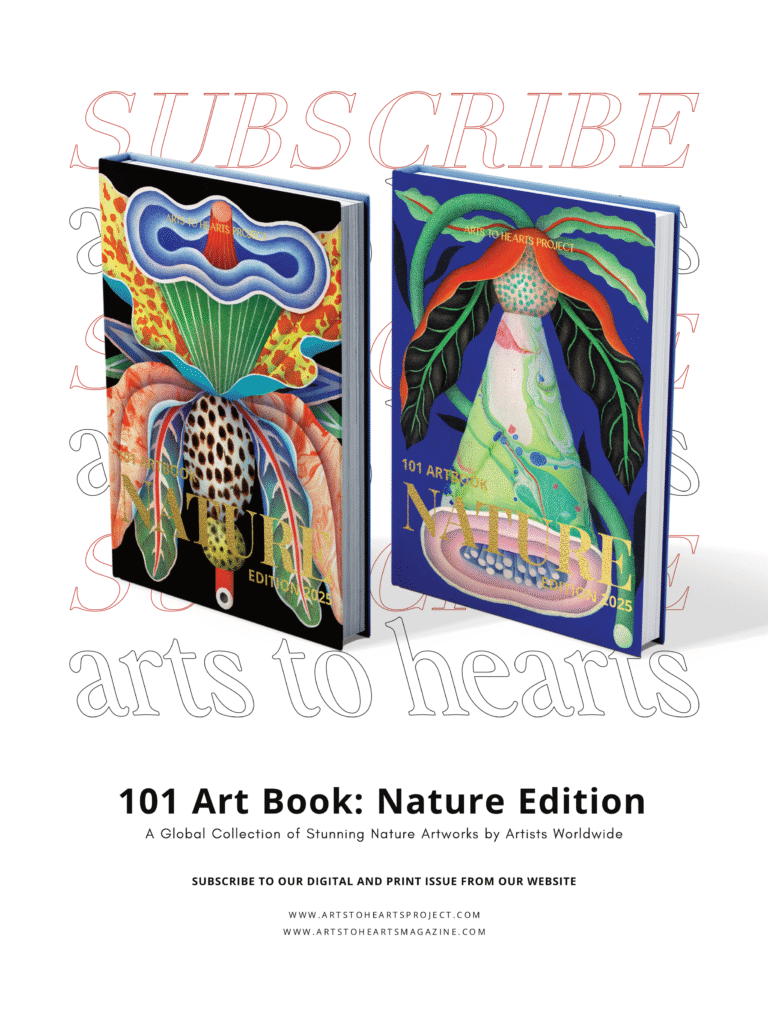

Vanessa, the self-taught artist from Frankfurt am Main, is renowned for her abstract renditions of landscapes and forms merging seamlessly into one another. Her works are characterised by their minimalist approach, reducing snapshots to essential graphic elements such as geometric figures, strong contrasts, and simplifications. Vanessa’s artistic process revolves around the intricate layering of colours using a predominantly transparent acrylic technique on canvas, typically pure organic linen or cotton.
Her keen attention to detail is evident in her quest to blur silhouettes and forms, aiming to capture the subjective experience of a landscape. Her works consist of abstract, expressive landscapes in which she tries to capture the viewer’s emotions through figurative representations of the female body. Her style is a mix of soft lines and colour gradients, always with a twist of contrast and shapes that surprise and interrupt the artistic representation.
She always chooses organic canvas materials such as linen or cotton to create effects ranging from intense colour bleed to sharp lines and contrasts. These materials create a unique washed-out, lived-in vintage effect, allowing her to adapt to her clients’ size requirements and desired results. Vanessa initiates her creative journey with a rough mental blueprint but is unafraid to embrace chance and spontaneity. She often allows the natural imperfections of the linen canvas to guide her, leading to breathtaking and unexpected outcomes in her artwork.
1. Your work beautifully blurs forms and landscapes—what draws you to this visual fusion?
Interestingly, what I observe first and remember, sometimes for years, is the same. When the nature around me captivates me, it’s because of its contours, lighting conditions, or the mood it emanates. These things subsequently become embedded in my memory, and the rest blends into my mind and spirit.
It requires a certain amount of courage and trust in the process… When the balance of chance, imperfection, and precise work come together, I achieve my desired result.
Vanessa Onuk

2. How do organic linen and cotton materials shape your process and final result?
The work on unprimed linen is dominated by free colour gradients of the linen, strong contrast enrichment and bleeding of the edges. Overall, the colour sinks deeper, making the effect more original and challenging to control. Uncontrolled colour gradients and the mixture of chance and artistic skill are the focus here. This is a suitable background if you want a painting that consists of random interactions between the artists’ backgrounds and leaves more room for freedom. The material’s structure is more prominent, resulting in more material than cotton. Both substrates contain residual transparency. Unique effects can be achieved using canvases that have already been vir-coloured on both substrates.
In addition to the intense bleeding of colours and seamless colour transitions, cotton makes it possible to achieve sharp lines and contrasts. Depending on the degree of watering, sharp lines and layers are possible, which enable a detailed and structured representation. The effect of chance plays a minor role, colour contrasts can be created with greater certainty, and the depth of the field is considered greater. The distinction between chance product and artistic skills is greater here; the contrasts created stand out. Both substrates contain residual transparency. Unique effects can be achieved using canvases that have already been vir-coloured on both substrates.

3. You balance chance with control in your work. How do you decide when to let go and when to take the lead?
It requires courage and trust in the process. To achieve trust, the craftsmanship of the work and an understanding of the material are essential to avoid completely losing control. When the balance of chance, imperfection, and precise work comes together, I achieve my desired result, which I’m still working on today.
4. There’s a strong emotional undercurrent in your landscapes. What emotions or memories inspire them most?
My paintings are mostly dominated by a sense of calm, which can be portrayed in bright colours and strong contrasts. Other images, however, depict a moving moment. For the final result, the vintage effect created by the raw material of textiles is significant to me, as it visually enhances the effect of memory, as the paintings always have a lived-in effect.
My abstract landscapes are intended to capture a moment in which we want to linger because the sight, the light, the color or the silhouette of an environment captivates us and we want to absorb it.
Vanessa Onuk
5. How does your scientific background influence your painting and material experimentation approach?
My paintings thrive on the contrast between random color transitions and gradients and meticulous craftsmanship. Both can only be influenced through repeated experimentation with different densities of the raw material, the water content, the pre-wetting of the canvas, and many other aspects. Over time, this leads to an almost intuitive understanding.
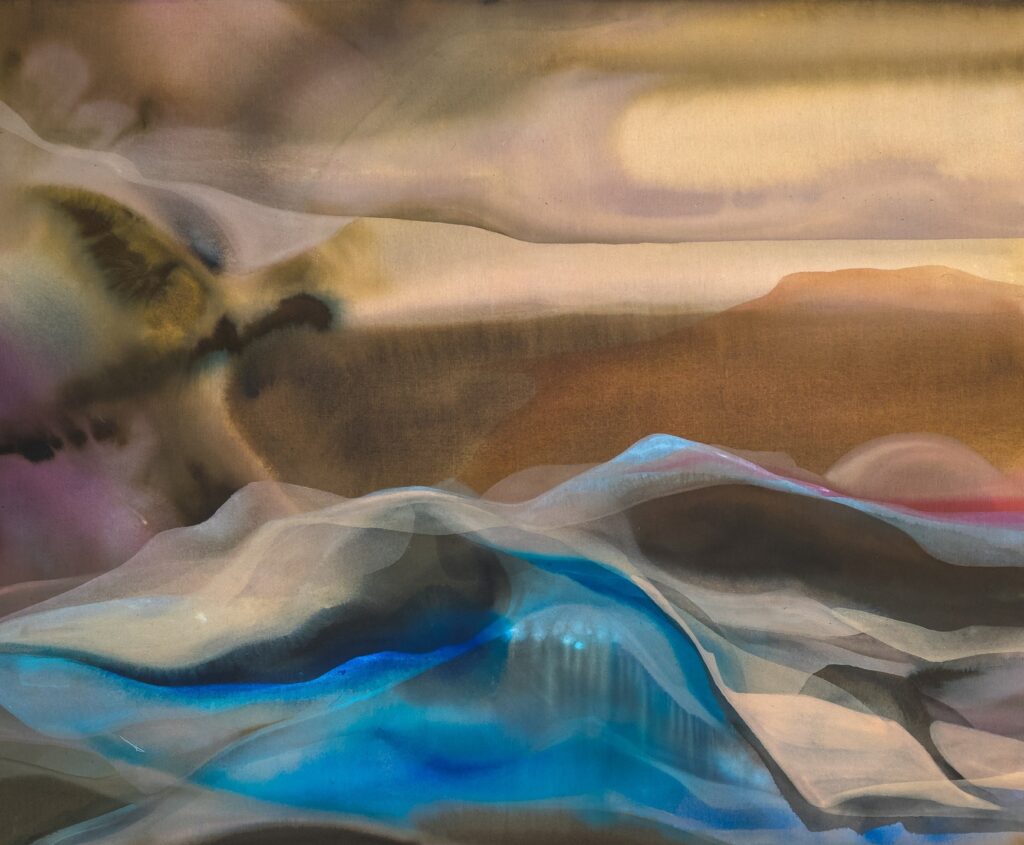
6. Your evolving style resists confinement. What keeps you inspired to explore new forms and techniques?
The more you try to adapt, the more you notice how different each painting technique is. However, in addition to the artistic component, art is a craft that you never stop learning. I’ve always enjoyed trying to understand and learn the techniques behind other artists’ effects to apply them to my vision. This allows a personal style to evolve by expanding my technical repertoire.
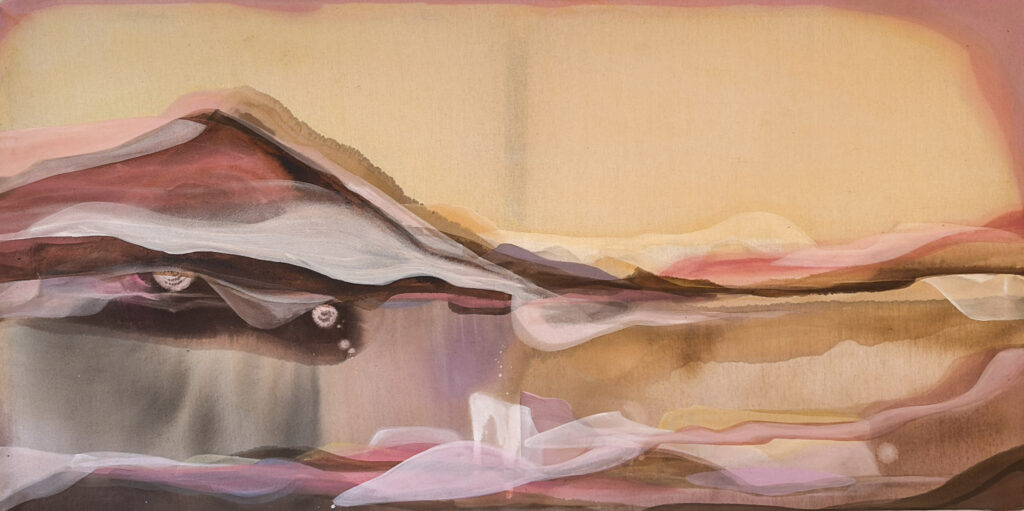
Vanessa Onuk’s artwork invites us to slow down and look at shapes, emotions, and moments we may have missed. Her abstract landscapes and blurred forms reflect her curiosity and willingness to let things unfold naturally.
She reminds us that art doesn’t always need a rigid structure through her thoughtful use of materials and ongoing experimentation. It can come from memory, feeling, or even a happy accident. From this conversation, we’ve learned that her art is more about observing the world than exploring what happens when you stop trying to control every part of the process.
To learn more about Vanessa, click the following links to visit her profile.
Arts to Hearts Project is a global media, publishing, and education company for
Artists & Creatives: An international audience will see your work of art, patrons, collectors, gallerists, and fellow artists: access exclusive publishing opportunities and over 1,000 resources to grow your career and connect with like-minded creatives worldwide. Click here to learn about our open calls.

